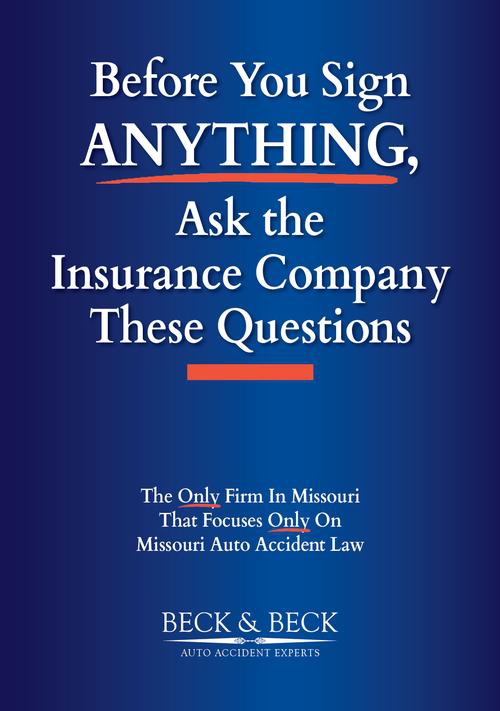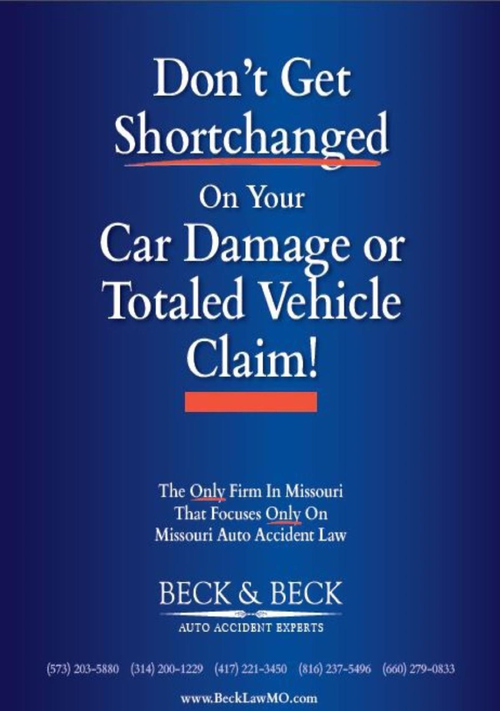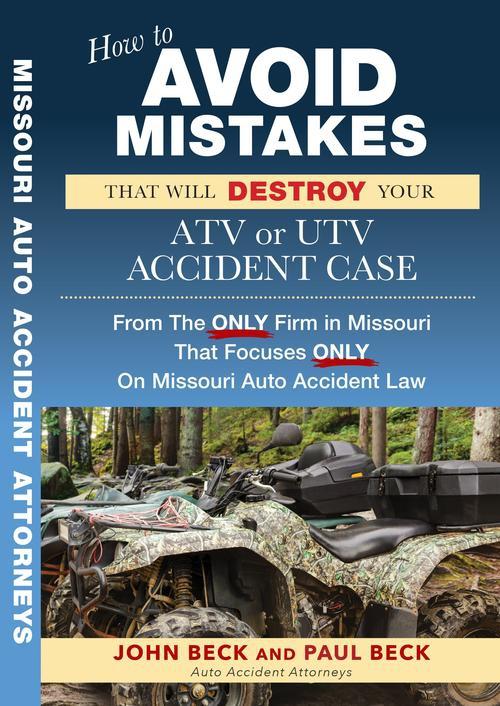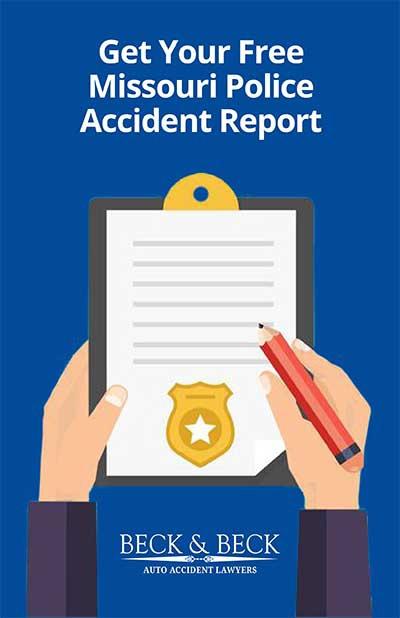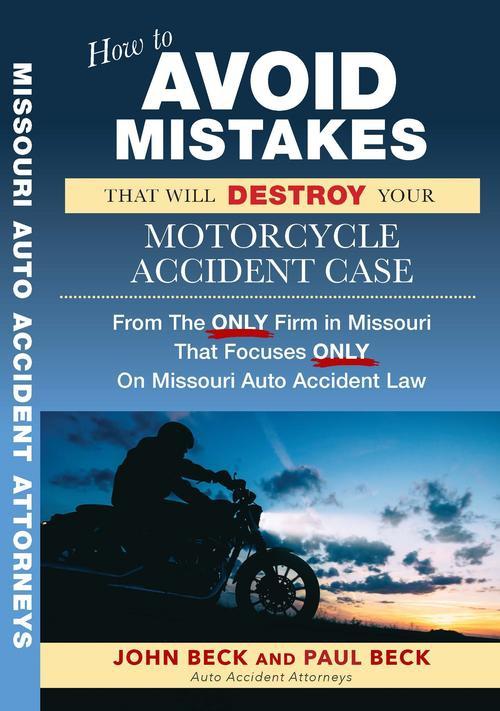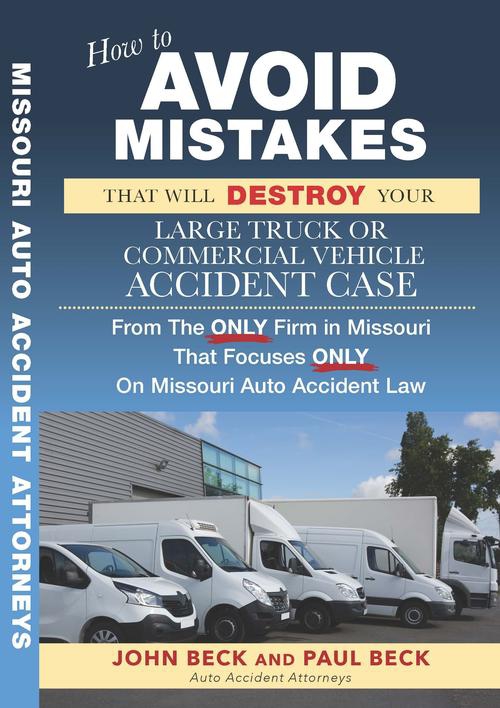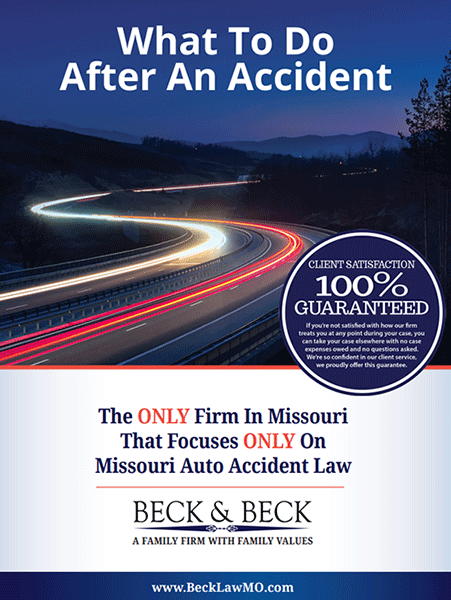Truck accidents are among the most devastating types of collisions on Missouri’s roads, often resulting in severe injuries or loss of life. Missouri’s highways, critical to the nation’s transportation network, see thousands of large commercial vehicles daily.
While all truck accidents are dangerous, truck underride accidents in Missouri are particularly deadly. These occur when a smaller vehicle slides underneath a truck’s trailer during a collision, often with catastrophic consequences.
According to the Missouri Department of Transportation (MoDOT), fatalities involving commercial motor vehicles (CMVs) have decreased over recent years. In 2023, Missouri recorded 137 fatalities from CMV crashes, down from 162 in 2022.
This represents a positive trend, but the fatality rate remains a significant concern, with 1.13 deaths per 100 million vehicle miles traveled. Despite these improvements, underride accidents continue to be particularly lethal, emphasizing the need for improved safety measures and awareness on Missouri’s roadways.
To learn more continue with this article by experienced Missouri truck accident lawyer Paul Beck.
What Exactly is a Truck Underride Crash?
A truck underride crash is a collision in which a smaller vehicle, such as a car or pickup truck, slides beneath the rear or side of a larger commercial truck or trailer. According to the National Highway Traffic Safety Administration (NHTSA), these crashes occur when the smaller vehicle becomes lodged under the larger truck due to the height disparity between the vehicles.
This often results in the passenger vehicle’s roof or upper body being crushed, posing severe risks to the occupants.
What makes these accidents so perilous is that the standard safety features in smaller vehicles—like airbags and seatbelts—are designed to work during front-end or side impacts at bumper level. When a vehicle slides underneath a truck, the impact bypasses these mechanisms, directly striking the passenger compartment.
This creates a situation where the safety features fail to adequately protect the occupants, leading to devastating injuries or fatalities.
Truck underride accidents are generally categorized into two main types:
- Rear Underride Accidents – These occur when a smaller vehicle crashes into the back of a truck or trailer. Common scenarios include a truck making a sudden stop, slowing down unexpectedly, or backing up, leaving the smaller vehicle’s driver with insufficient time to react.
- Side Underride Accidents – These happen when a smaller vehicle collides with the side of a truck’s trailer. Often, this occurs during situations where a truck is turning, crossing an intersection, or blocking the road, and the smaller vehicle strikes the trailer’s side, slipping underneath.
Both types of underride crashes are particularly dangerous due to the lack of sufficient safety barriers at the base of most commercial trucks. These gaps often allow smaller vehicles to slide beneath the trailer, amplifying the risk of severe injuries and fatalities.
What Makes Truck Underride Accidents in Missouri So Dangerous?
Truck underride accidents are among the most dangerous and life-threatening collisions on Missouri’s roads. Unlike other types of crashes, these accidents often result in devastating injuries or fatalities due to the unique way in which the vehicles collide. Two main factors contribute to their severity:
1. Upper Body Injuries
When a smaller vehicle slides underneath a truck, the impact often bypasses the protective features of the vehicle and directly strikes the windshield or roof. This collision point is much higher than in typical car-to-car crashes, where the bumper and hood absorb most of the force. As a result, the occupants of the smaller vehicle are exposed to significant trauma to the head, neck, and chest.
In many cases, these upper body injuries are catastrophic, including traumatic brain injuries, spinal cord damage, and fatal chest compression. This heightened vulnerability makes survival in these crashes extremely difficult.
2. Challenges for Emergency Responders
Another critical factor is the difficulty emergency crews face in rescuing victims trapped inside the vehicle. In many underride accidents, the smaller car becomes wedged beneath the truck’s trailer, making it nearly impossible for occupants to escape on their own.
The structural damage can delay rescue operations, and these delays can prevent critically injured individuals from receiving timely medical attention. Internal bleeding or other life-threatening injuries may become fatal as a result of these delays.
Due to these risks, both truck drivers and motorists in smaller vehicles must exercise caution when sharing the road. Awareness and adherence to safety measures can help prevent these tragic incidents.
3. Limited Visibility and Warning Systems
One of the additional dangers in truck underride accidents is the limited visibility of the truck’s rear and sides, especially at night or in poor weather conditions. Many truck trailers, particularly older models, may not be equipped with sufficient reflective materials, lights, or visibility-enhancing features that make them more noticeable to smaller vehicles.
In some cases, the lack of proper warning signs or reflective tape on the truck’s rear or sides can lead to drivers of smaller vehicles failing to recognize the danger until it’s too late. Poor visibility can be particularly hazardous in low-light conditions, such as at night, during rain, or in fog.
When visibility is compromised, other drivers may not have enough time to react if they come up too close to a truck, significantly increasing the likelihood of an underride accident.
Additionally, in some instances, trucks may be stopped or moving slowly on the road without properly activating their emergency lights or hazard signals, further reducing visibility and increasing the risk of an underride collision.
These factors make it more difficult for smaller vehicles to anticipate the position and movement of the truck, raising the danger of a crash, particularly in high-speed or high-traffic areas.
For immediate legal assistance from a skilled truck accident attorney, contact the legal team at Beck & Beck Missouri Car Accident Lawyers. We can help you understand your legal options after an accident or injury involving a semi-truck.
Are There Laws To Protect Drivers From Truck Underride Accidents in Missouri?
In recent years, significant efforts have been made to improve safety regulations aimed at preventing truck underride accidents. At the federal level, laws now require most large trucks to be equipped with rear underride guards—steel bars designed to prevent vehicles from sliding underneath the truck’s trailer in the event of a collision.
These rear underride guards have proven effective in mitigating the severity of rear-impact underride accidents, potentially saving lives by preventing vehicles from passing completely under the trailer.
However, side underride guards—which would provide similar protection against side impacts—remain optional in many cases. This gap in protection has raised concerns among safety advocates, prompting calls for stricter safety standards.
For example, the bipartisan Stop Underrides Act aims to require both rear and side guards on all large trucks. It also advocates for more rigorous testing to ensure that underride guards can withstand high-speed collisions and continue to protect occupants effectively.
Beyond physical safety measures, technological advancements are also playing a role in reducing underride accidents. Automatic emergency braking systems, improved reflective materials, and better lighting on trucks can help minimize the likelihood of collisions that result in underride accidents.
These features help other drivers see trucks more clearly in poor visibility conditions, giving them more time to react and avoid dangerous situations.
Why Do Underride Accidents Continue Despite Regulations?
While safety regulations such as mandatory rear guards and reflective tape have been put in place, underride accidents persist for several reasons. Despite efforts to improve safety, the following issues continue to contribute to underride crashes:
- Lack of Guards: While rear underride guards are required, not all trailers are equipped with them. Federal regulations also do not mandate side underride guards, which means vehicles are still vulnerable to side collisions.
- Improper Guards: Even when underride guards are installed, they may not meet the necessary strength or impact standards. In some cases, trucking companies install guards that are too small, improperly sized for the vehicle, or positioned too high, making them ineffective during a crash.
- Defective Tape and Lights: Reflective tape, taillights, and other visibility enhancements are vital for improving safety, especially in low-light conditions. However, these elements must be maintained and properly installed to be effective. Damaged or worn-out reflective tape, as well as non-functional lights, significantly reduce the visibility of trucks, increasing the likelihood of underride accidents.
- Outdated Guards: Many laws that govern underride guards remain outdated. While there have been some proposals to strengthen rear guards and make side guards mandatory, the trucking industry has largely opposed such measures due to concerns about the cost of implementation. As a result, progress on improving underride guard standards has been slow.
- Trucker Errors: While defective or improperly installed underride guards are often a contributing factor, truck driver behavior can also play a role. Truck drivers may fail to use road flares or reflective triangles when stopped on the shoulder, neglect to activate emergency flashers when entering or exiting the roadway, or violate basic traffic laws. In these cases, the truck driver may be liable for the accident due to negligence.
Despite these challenges, there is still a growing awareness of the need for improved safety measures, and future legislation may address some of these gaps. For now, both truck operators and other drivers must remain vigilant to reduce the risks associated with truck underride accidents.
Who Can Be Held Liable For a Truck Underride Accident In Missouri?
Determining liability for a truck accident in Missouri requires careful examination, as multiple parties could be responsible for the crash. Some of the key individuals or entities that may be held liable for the damages caused in a truck underride accident include:
- Truck Drivers: If a truck driver’s actions led to the accident, they may be held accountable for the resulting injuries. Negligence on the part of the driver—such as speeding, impaired driving, failure to follow traffic laws, or driving while fatigued—could be a factor. If the driver was acting recklessly or in violation of traffic laws, they could be responsible for the crash and its consequences.
- Trucking Companies: Trucking companies are responsible for the maintenance of their fleet and for ensuring their drivers are properly trained and qualified. If the company neglected to maintain the truck, failed to follow safety regulations, or hired an unqualified driver, they may be partially or fully liable for the accident. Additionally, if the company encouraged unsafe driving practices, they could share in the responsibility for the crash.
- Truck Parts Manufacturers: If the accident was caused by a defect in the truck’s safety equipment—such as an ineffective underride guard or faulty braking system—the manufacturer of the truck or parts could be held liable. Defective equipment that fails to prevent underride collisions can be a contributing factor, and manufacturers are responsible for ensuring their products meet safety standards.
- Government Entities: In some cases, poor road conditions, inadequate signage, or malfunctioning traffic signals can contribute to a truck underride accident. If the government or relevant authorities were responsible for maintaining the road, they could be held liable for the crash, particularly if unsafe conditions were not addressed.
Identifying the correct defendant in a truck underride accident case is crucial for ensuring the victim receives proper compensation for their injuries and losses. To learn more about how to determine liability and the potential defendants in Missouri truck accident claims, contact our experienced legal team at Beck & Beck Missouri Car Accident Lawyers.
Skilled Missouri Truck Accident Lawyers
At Beck & Beck Missouri Car Accident Lawyers, we are deeply committed to supporting victims of truck accidents, including the particularly dangerous truck underride accidents that can have life-altering consequences. With years of experience handling complex truck accident cases, our team is dedicated to ensuring that victims and their families receive the justice and compensation they deserve.
Truck accidents can result in catastrophic injuries and significant financial burdens, from medical expenses to lost wages and long-term rehabilitation. Navigating the legal process after such an accident can be overwhelming, which is why having skilled legal representation is crucial.
Our attorneys understand the complexities of truck accident cases and are well-versed in identifying all potential parties who may be responsible for your injuries—whether it’s the truck driver, the trucking company, the manufacturer of the truck or its parts, or even government entities.
If you or a loved one has been involved in a truck accident in Missouri, Beck & Beck Missouri Car Accident Lawyers are here to help you through every step of the legal process. Contact us for a consultation today.

